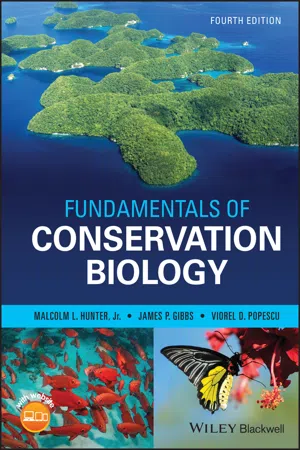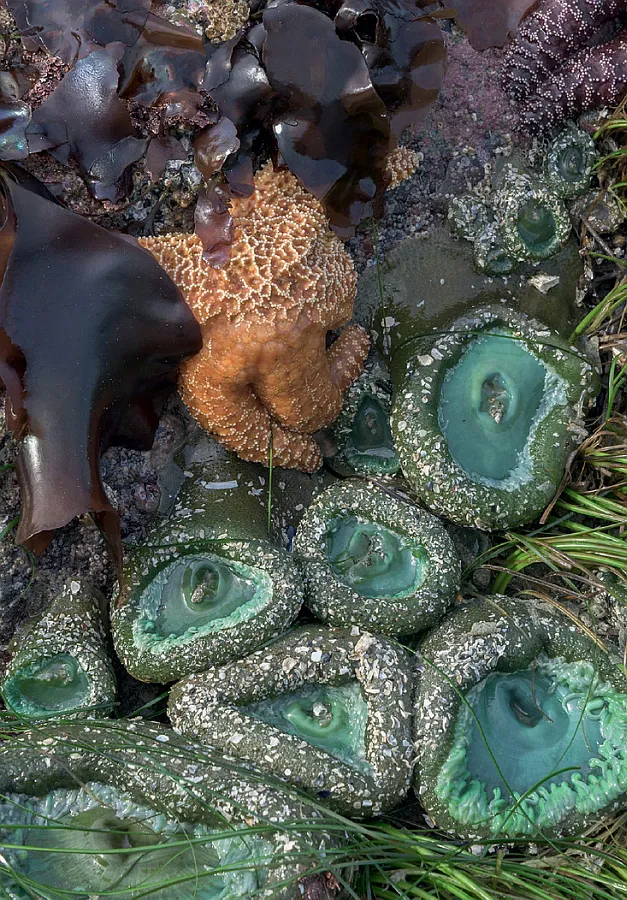
Fundamentals of Conservation Biology
- English
- ePUB (mobile friendly)
- Available on iOS & Android
Fundamentals of Conservation Biology
About this book
"This book is about hope in the face of forces that would degrade our world. This book is about the rich tapestry of life that shares our world now and about how we can maintain it, sometimes in places that we protect and set aside, more often in places where we share the lands and waters with a wide range of other species."
For more than 30 years, Fundamentals of Conservation Biology has been a valued mainstay of the literature, serving both to introduce new students to this ever-changing topic, and to provide an essential resource for academics and researchers working in the discipline. In the decade since the publication of the third edition, concerns about humanity's efforts to conserve the natural world have only grown deeper, as new threats to biodiversity continue to emerge.
This fourth edition has taken into account a vast new literature, and boasts nearly a thousand new references as a result. By embracing new theory and practice and documenting many examples of both conservation successes and the hard lessons of real-world "wicked" environmental problems, Fundamentals of Conservation Biology remains a vital resource for biologists, conservationists, ecologists, environmentalists, and others.
Frequently asked questions
- Essential is ideal for learners and professionals who enjoy exploring a wide range of subjects. Access the Essential Library with 800,000+ trusted titles and best-sellers across business, personal growth, and the humanities. Includes unlimited reading time and Standard Read Aloud voice.
- Complete: Perfect for advanced learners and researchers needing full, unrestricted access. Unlock 1.4M+ books across hundreds of subjects, including academic and specialized titles. The Complete Plan also includes advanced features like Premium Read Aloud and Research Assistant.
Please note we cannot support devices running on iOS 13 and Android 7 or earlier. Learn more about using the app.
Information

PART I
Biodiversity and Its Importance
CHAPTER 1
Conservation and Conservation Biology
What Is Conservation?
- “Conservationists call for tighter fishing regulations.”
- “Ecologists describe consequences of warmer climates.”
- “Environmentalists criticized by chemical industry.”
- “Preservationists seek more wilderness.”
A Brief History of Conservation
Table of contents
- Cover
- Table of Contents
- Dedication Page
- Title Page
- Copyright Page
- List of Case Studies
- Preface
- Acknowledgments
- About the Companion Website
- PART I: Biodiversity and Its Importance
- PART II: Threats to Biodiversity
- PART III: Maintaining Biodiversity
- PART IV: The Human Factors
- Epilogue
- Glossary
- Literature Cited
- Species Index
- Subject Index
- End User License Agreement